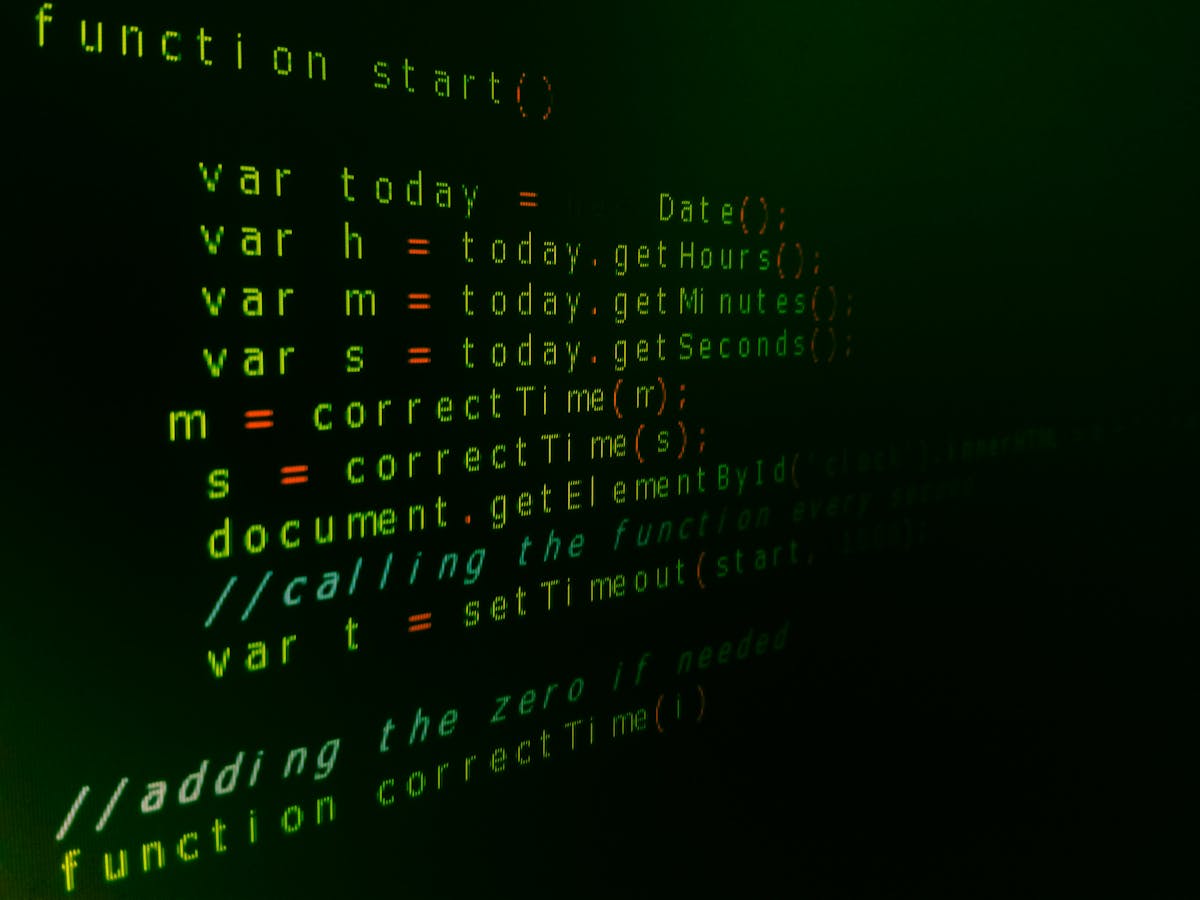The Value of Full-Stack Development in the Evolving Landscape of Software Design
In the quickly altering area of software program engineering, full-stack advancement has gained substantial relevance. Full-stack designers possess an unique capability to service both front-end and back-end modern technologies. This flexibility assists in better team cooperation and feedback to moving project demands (niels denekamp aether). As companies take on active approaches, the function of full-stack designers comes to be a lot more essential. Exploring the nuances of this fad exposes much deeper effects for the future of software application advancement
The Role of Full-Stack Developers in Modern Teams
As organizations increasingly take on agile methods, full-stack designers have become essential possessions within modern groups. These versatile experts possess an extensive capability that spans both front-end and back-end growth, allowing them to contribute to numerous aspects of a project. Their capacity to browse various shows languages and frameworks enables for seamless cooperation throughout disciplines, promoting a much more incorporated strategy to software development.Full-stack programmers enhance team dynamics by bridging communication voids, lowering dependence on specialized functions. This adaptability not just accelerates job timelines however also promotes development, as they can execute feedback in actual time. In addition, their holistic understanding of the software lifecycle helps with better decision-making and analytic, ultimately resulting in even more robust applications. As organizations intend for effectiveness and responsiveness, the role of full-stack designers becomes increasingly pivotal in driving effective task outcomes and maintaining competitive advantages in the market.
Linking the Void In Between Front-End and Back-End
Linking the gap between front-end and back-end growth is fundamental for supplying practical and natural software program applications. This assimilation assures that customer interfaces interact efficiently with server-side logic, providing a smooth experience for end-users. Full-stack programmers, with their wide ability, play a significant role in this procedure by understanding both domain names and their communications. They can deal with problems that develop during combination, such as information circulation discrepancies and performance bottlenecks, which are frequently neglected when groups operate in silos. A unified approach enables more reliable debugging and testing, as full-stack developers can evaluate the whole application holistically. As software program systems become increasingly complex, the ability to bridge this gap becomes much more crucial, advertising not just technical effectiveness however also enhancing the general customer experience. Companies that prioritize this integration are much better placed to adapt to technical improvements and user demands.
Enhancing Collaboration and Interaction
Reliable collaboration and communication among staff member are important parts of effective full-stack development. This strategy promotes a common understanding of job goals, allowing designers to perfectly incorporate front-end and back-end functionalities. By encouraging open dialogue, teams can quickly address obstacles and share understandings, which boosts problem-solving abilities. Varied capability within full-stack development groups promote understanding exchange, making it possible for participants to discover from each other and improve their individual competencies - niels denekamp.Moreover, normal check-ins and feedback loops strengthen connections among group participants, growing a culture of trust and accountability. Utilizing joint tools and platforms can improve communication, making sure that all stakeholders remain educated regarding task development and adjustments. As full-stack programmers frequently manage numerous obligations, reliable interaction straightens and minimizes misunderstandings synergy. Eventually, focusing on partnership and interaction not just boosts efficiency yet additionally causes higher high quality software results, crucial in today's busy technological landscape
Adjusting to Agile Methodologies
While welcoming Agile methodologies can initially present obstacles, full-stack advancement groups typically discover that this method considerably boosts their process and versatility. Agile structures focus on iterative development and constant reassessment, enabling groups to respond rapidly to transforming project demands. Full-stack designers, equipped with a detailed capability, are specifically well-suited to navigate these changes, promoting seamless partnership between front-end and back-end processes.Moreover, Agile stresses constant combination and release, which straightens flawlessly with the capabilities of full-stack designers. This synergy results in faster shipment times and boosted item high quality. Active techniques, such as everyday stand-ups and sprint reviews, motivate transparency and responsibility within teams, cultivating a society of open interaction. Full-stack programmers become critical in promoting an aggressive method to analytic, ensuring that tasks stay aligned with client expectations and market needs. Eventually, adapting to Agile approaches equips full-stack groups to thrive in a dynamic software application development landscape.
Future Fads in Full-Stack Development

Often Asked Inquiries
What Programming Languages Should Aiming Full-Stack Developers Learn First?
Hopeful full-stack programmers should start by finding out HTML, CSS, and JavaScript for front-end growth. Subsequently, they can discover back-end languages like Node.js, Python, or Ruby, alongside database administration systems such as SQL or MongoDB.
How Do Full-Stack Programmers Stay Upgraded With Evolving Technologies?

What Prevail Difficulties Faced by Full-Stack Developers?
Usual obstacles dealt with by full-stack programmers include managing diverse modern technologies, stabilizing back-end and front-end jobs, staying existing with quick improvements, fixing intricate issues, and making Bonuses certain seamless combination throughout various platforms to supply cohesive individual experiences. (aether group dubai)
How Do Full-Stack Developers Handle Time In Between Front-End and Back-End Tasks?
Full-stack developers often prioritize tasks by examining task requirements, making use of dexterous methods, and segmenting their work into workable pieces. They stabilize back-end and front-end duties through mindful preparation and time management techniques to boost performance.
Is a Degree Necessary to Become an Effective Full-Stack Developer?
The need of a level for becoming a successful full-stack designer stays disputed. Lots of professionals stress skills and experience over official education, recommending that sensible knowledge and project portfolios can be just as, otherwise more, beneficial. As organizations progressively take on dexterous techniques, full-stack designers have actually emerged as necessary assets within modern teams. As full-stack developers typically manage several responsibilities, effective communication reduces misunderstandings and aligns team efforts. Full-stack programmers, geared up with a detailed ability set, are especially well-suited to navigate these shifts, promoting smooth partnership between front-end and back-end processes.Moreover, Agile emphasizes continual combination and implementation, which straightens flawlessly with the abilities of full-stack designers. Full-stack designers will increasingly make use of AI-driven tools for code generation and pest discovery, enabling for faster release cycles.Moreover, the rise of low-code and no-code systems will equalize growth, making it possible for non-technical stakeholders to contribute effectively. Aspiring full-stack developers need to begin by finding out HTML, CSS, and JavaScript for front-end advancement.